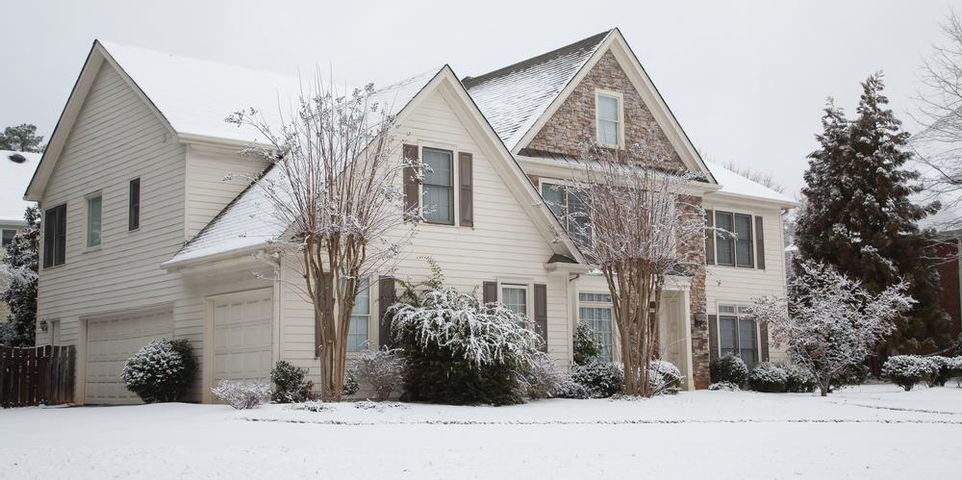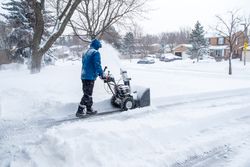
A snow shower gives any yard a majestic look, but it sometimes comes with a tough cleanup. Although they’re built to withstand the forces of nature, trees are not always immune to the consequences of inclement weather. Heavy snow can cause damage when it accumulates on branches, but that isn’t what causes trees the most issues. Here’s how to practice proper tree care after a snowstorm to keep the trees in your property protected.
The Harmful Effects Snow Can Have on Your Trees
Dense Snow Deposits 
While clearing sidewalks and walkways after a snowstorm is important, you could be unknowingly causing damage to your trees. Using a snow plow or blower can deposit excess snow onto nearby trees, accumulating it in denser quantities. When this occurs, there’s a greater likelihood of snow breaking off tree branches, resulting in potential permanent damage to a tree’s structure. As such, good tree care calls for careful snow removal.
Salt Damage
Using salt for deicing is another common way to keep snow off your driveway, walkways, porches, and patios. While this is an effective method of making surfaces less slippery, it can result in significant damage to trees. If sprinkled too close to the base of a tree, salt can be absorbed by the soil and harm your tree’s roots. It’s best to avoid salt in favor of a deicing alternative, such as calcium chloride or calcium magnesium acetate. However, if you must use salt, mix it with warm water and apply it with a spray bottle to practice proper tree care.
If you are concerned about the effects of snow on your trees, contact Carlos Tree Service in Anchorage, AK. With over 25 years of experience, they understand the science of tree care and know what your trees need to survive harsh conditions. Call (907) 522-6049 to request a quote, or visit their website to see a full list of their services.
About the Business
Have a question? Ask the experts!
Send your question

